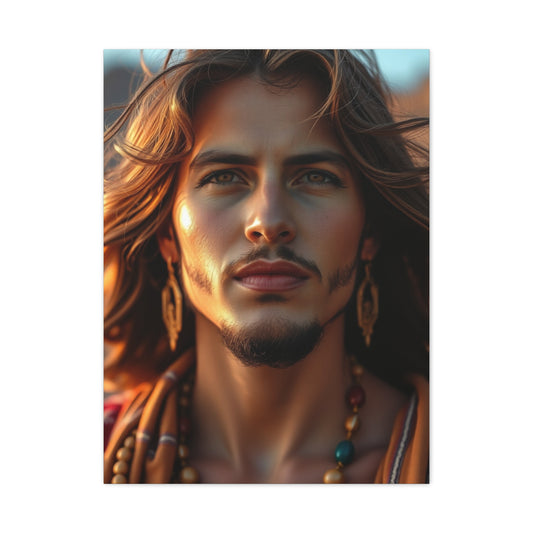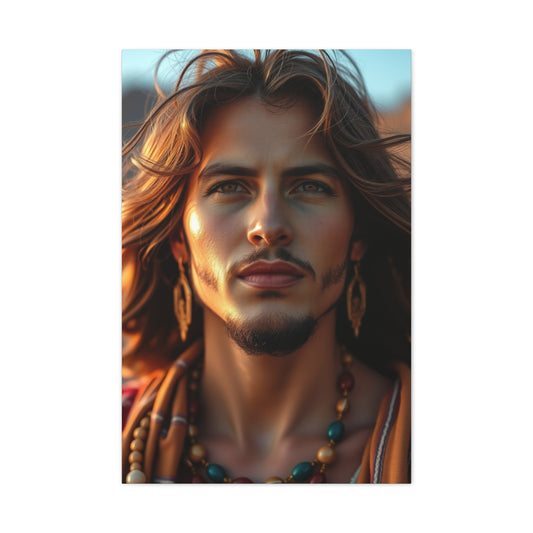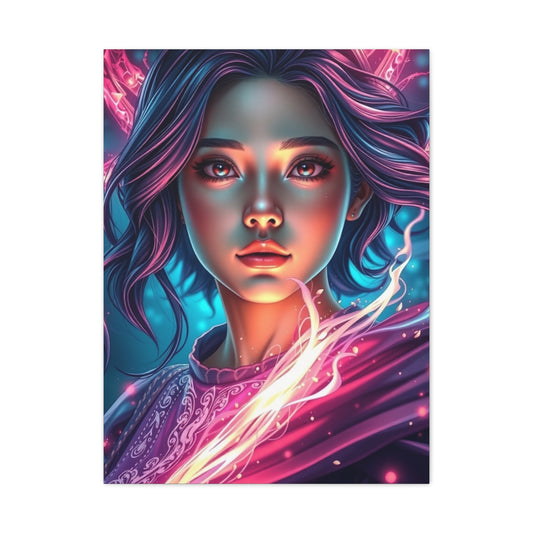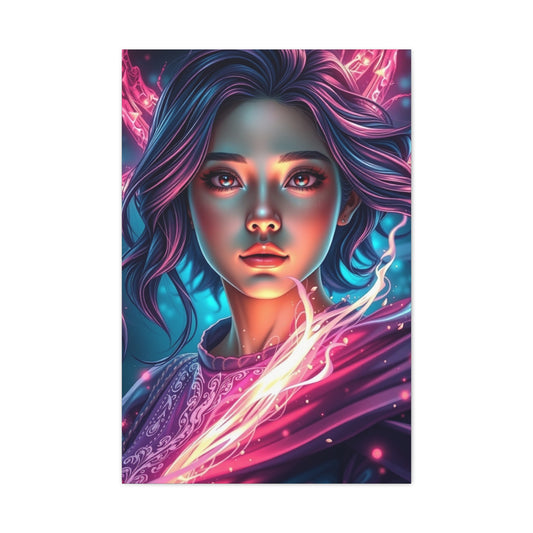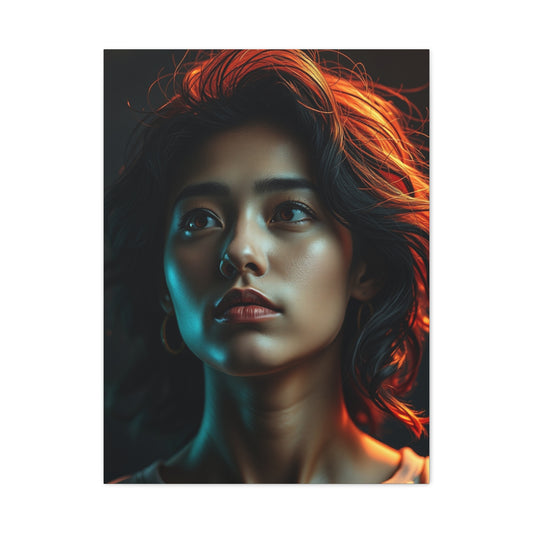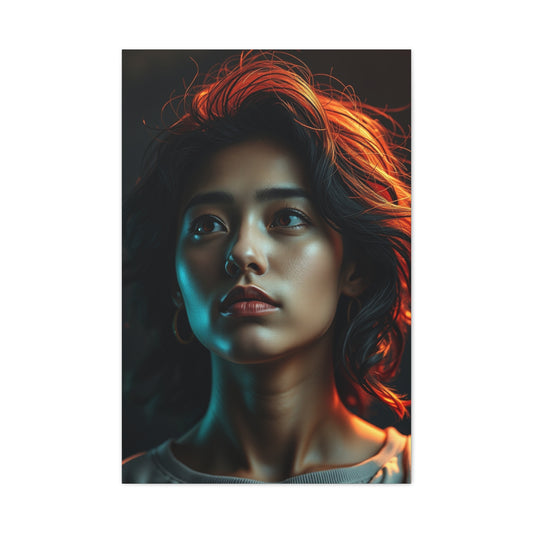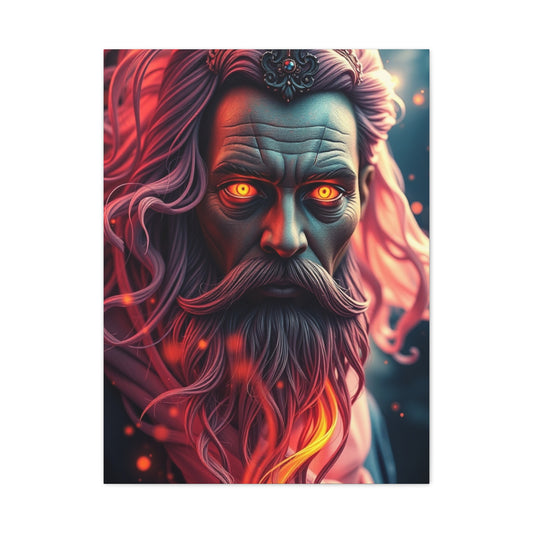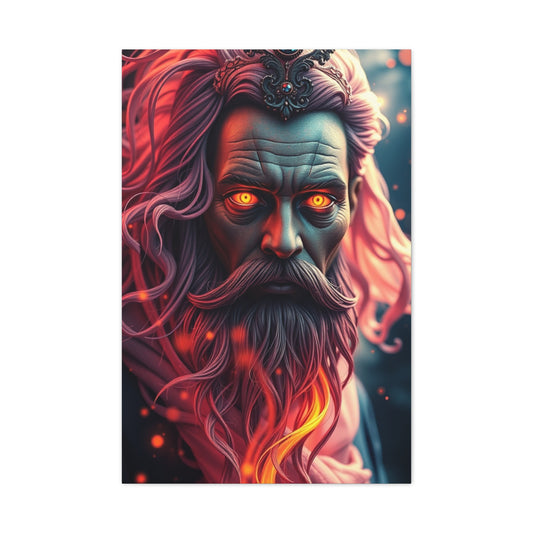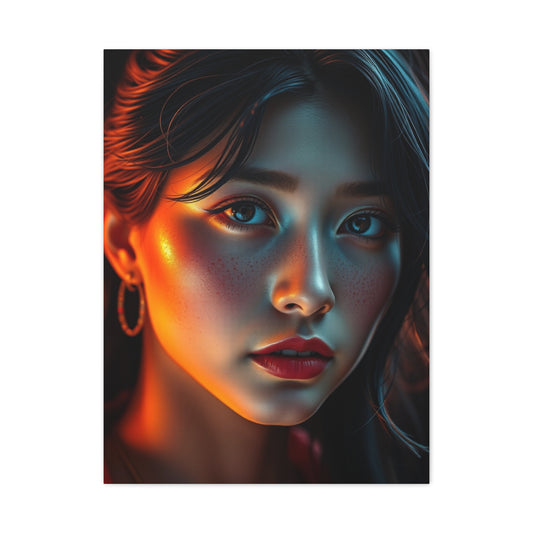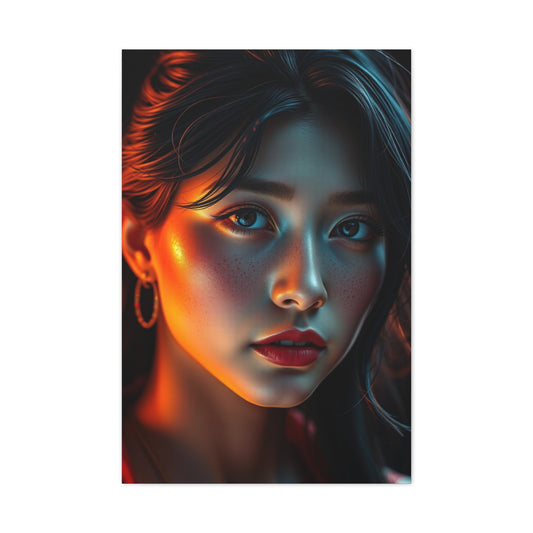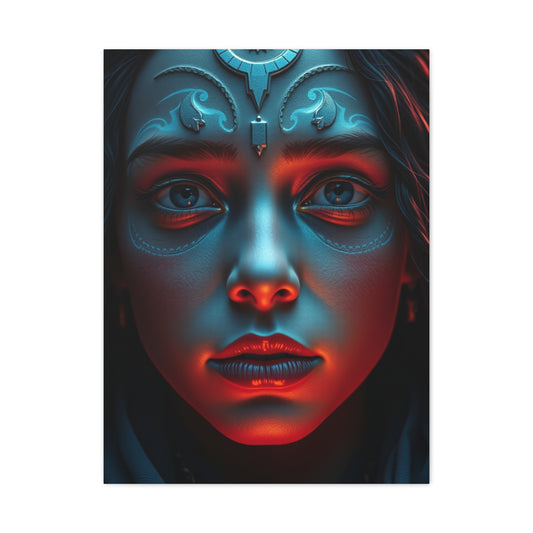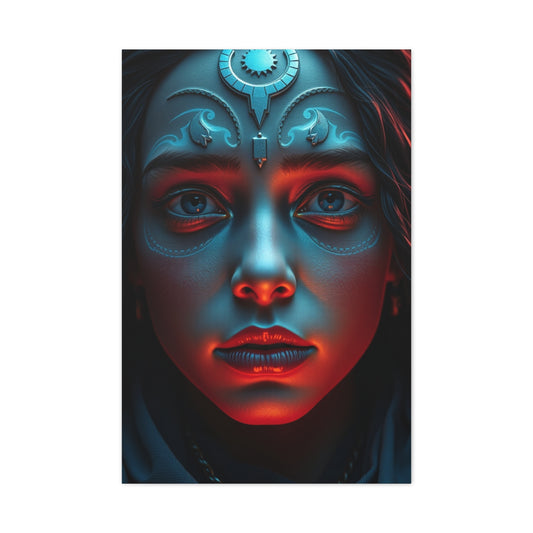In portrait and fashion photography, creating authentic and impactful male poses can sometimes be a challenge. This is particularly true as most fashion and social media content often centers around female models. However, don’t worry—whether you're new to photography or a seasoned pro, we’ve compiled 25 incredible male poses to help you get started. These dynamic male posing ideas will guide your next photoshoot, allowing you to explore various styles and bring out the best in your male subjects.
25 Essential Male Poses for Photography
Below, we’ve outlined a collection of 25 inspiring male poses that you can try. Feel free to combine or modify these to create unique shots. Remember, posing is an ongoing collaboration between you and the model, so it’s important to experiment and see what works best for each individual.
1. Hands in Pockets
This classic pose is all about confidence and casual cool. The act of placing hands in pockets naturally communicates a relaxed, laid-back attitude while maintaining a strong sense of confidence. It's a pose that works across various contexts, whether the model is dressed in a formal suit or casual attire. The key to making this pose feel natural is ensuring that the model remains relaxed. If the model feels stiff or if the trousers are too tight, the pose may appear forced or awkward. Encourage your model to move around slightly to avoid tension in their posture and to allow the hands to fall naturally into the pockets. To enhance the effect, suggest the model shifts their weight onto one leg, subtly adding a more dynamic feel to the pose. This subtle yet powerful stance can convey everything from effortless charm to assertive confidence, depending on the model's expression and how relaxed they are in their pose.
2. Leaning Against a Wall
Leaning against a wall is a pose that feels both natural and stylish. It's an effortless yet timeless pose that works well for various photo styles, from high fashion to casual street style. The model’s posture is relaxed, yet the stance remains composed, giving a cool, confident vibe. This pose is versatile; you can have the model look over their shoulder for a touch of drama or a more casual vibe by having them look straight ahead. The key here is subtlety—don’t force the model to slouch or overdo it. Simply have them rest comfortably against the wall, allowing the natural flow of their body to shine through. The slight angle created by leaning against the wall adds depth to the photograph, making it more dynamic while still maintaining a sense of ease and approachability. Whether the model is dressed in casual wear or a more sophisticated outfit, leaning against a wall adds a touch of relaxed elegance to the shot.
3. Crossing Arms
The crossed arms pose is synonymous with strength and authority. It's a pose that makes the subject appear powerful and in control, making it perfect for portraits that aim to convey confidence or assertiveness. To enhance the effect, photograph the model from a lower angle, which can make them appear even taller and more dominant. This pose is particularly striking when the model is facing the camera directly, with their arms crossed in a way that accentuates their chest and shoulders. For a more casual version, you can encourage the model to cross their arms while looking away from the camera, which adds a relaxed feel while still maintaining a sense of confidence. However, it’s crucial for the model to keep their body language relaxed to avoid stiffness, as this can take away from the natural strength the pose intends to communicate.
4. Adjusting Their Outfit
One of the best ways to add a candid, behind-the-scenes vibe to a photoshoot is to have the model adjust their outfit. Whether they're buttoning up a jacket, fixing a tie, or rolling up their sleeves, these small actions can add authenticity to the image, making it feel more natural. This type of pose is especially effective when the model is wearing formal attire, like a suit or a blazer, where such movements seem like part of the character they're portraying. It’s a fantastic way to introduce movement into the shot without making it feel staged. This pose is often seen in editorial and fashion shoots, where a sense of behind-the-scenes action helps capture the model in their most natural state. The dynamic nature of this pose ensures the shot feels fresh and full of life, enhancing the overall appeal of the photograph.
5. Walking
The walking pose adds fluidity and motion to the image, providing a sense of life and dynamism. It’s one of the best ways to introduce an element of spontaneity to your photoshoot. To make this pose work, have the model walk towards the camera, or you can photograph them as they walk at an angle. If you're on location, you can even walk alongside them, capturing candid moments as they occur naturally. The motion creates a feeling of authenticity, making the model appear less posed and more at ease. It's particularly effective when the model is walking with a slight tilt of the head or a soft smile, adding a relaxed charm to the image. As with all walking poses, timing is crucial; capturing the perfect stride can turn an ordinary shot into an extraordinary one.
6. Jacket Over the Shoulder
A stylish and high-fashion pose, the jacket over the shoulder is often seen in runway shows and fashion magazines. This pose communicates effortless elegance and sophistication. The model throws their jacket over their shoulder casually, giving the shot a laid-back, confident vibe. The pose works exceptionally well for creating visually interesting lines, as the jacket drapes across the model’s body, drawing the viewer's eye. You can shoot this pose from various angles, but shooting it straight on can help accentuate the jacket’s placement and the model’s confident stance. Alternatively, photographing the model at an angle allows you to capture the flow and movement of the jacket, adding to the dynamic nature of the pose. Whether the model is standing, leaning against a wall, or walking, this pose adds a timeless sense of style to the shot.
7. Playing With Hair
A more playful and dynamic pose, the hair flick works wonders in capturing the model’s personality. When the model runs their hand through their hair or flicks it back, it naturally forces them to move their head and change the angle of their body. This adds movement to the shot, creating a sense of spontaneity and charm. To make this pose even more impactful, ask the model to look directly into the lens as they flick their hair. This will enhance the connection with the viewer, making the shot feel more intense and engaging. This pose works especially well with longer hair, but it can also work with shorter hair if the model adjusts their head in a more dynamic way.
8. Hand on the Chest
This subtle pose conveys vulnerability and emotion. Having the model place a hand lightly on their chest creates a natural, intimate visual line that adds a sense of depth to the image. This pose can also be a way to direct the viewer’s attention to the model's expression, as the hand on the chest creates a visual break from the rest of the body. However, it’s essential to avoid making this pose appear too forced, as it can quickly turn awkward if the model feels uncomfortable. A gentle touch, combined with the right body language and facial expression, can transform this simple pose into something impactful and engaging.
9. Contrapposto Pose
The contrapposto pose, inspired by classical sculptures like Michelangelo’s "David," involves shifting the weight onto one leg while allowing the other leg to bend slightly. This stance creates a natural flow in the body and adds a sense of grace and depth to the shot. The contrapposto pose is timeless and elegant, making it perfect for more artistic or refined shots. It adds a relaxed yet controlled posture that exudes sophistication, making it ideal for high-fashion or formal portraiture. The pose works well for both studio and location shoots, adding a sense of classical beauty to the photograph.
10. Hands on Hips
A simple yet effective pose, placing the hands on the hips is a classic way to convey both confidence and authority. The hands help accentuate the model's posture, adding structure to the image. To keep this pose from looking too stiff, encourage the model to relax their arms and maintain a natural, fluid stance. For a more casual take on this pose, ask the model to look away from the camera, giving the shot a more relaxed vibe. If you want to convey power and presence, have the model face the camera directly with a confident gaze. This pose works well in both casual and formal settings, making it a versatile option for any shoot.
These 10 male poses are just the beginning. The versatility of male posing offers endless opportunities to experiment with body language, expression, and the environment to create impactful, engaging photographs. Each pose conveys a different emotion or vibe, allowing you to capture the true essence of your subject. Whether you’re shooting for fashion, portraits, or candid moments, mastering these poses will enhance your ability to direct your male models with confidence and creativity.
11. Posing With a Prop
Incorporating props into your photoshoot is a powerful technique for creating a dynamic, engaging atmosphere. Props are not just objects to hold—they provide a context for the model, transforming an ordinary pose into a more visually interesting and interactive one. Whether it’s something as simple as sunglasses or a watch, or larger items like a skateboard, guitar, or hat, props can introduce an additional layer of personality and intrigue to your portrait.
When posing with a prop, it’s crucial that the item feels like a natural extension of the model’s personality or the story you're trying to tell. For example, a musician might hold their guitar or a skateboarder could lean casually against their board. By adding a prop, the model is given something to engage with, which can reduce the discomfort many models feel when posing in front of the camera. This interaction adds a layer of authenticity to the photograph and allows the model to feel more relaxed.
One of the key benefits of props is that they allow for more subtle, candid moments. If the model is holding something, it can shift the focus from rigid posing to more natural movements. A model might fiddle with their watch or rest a hand casually on the guitar neck—these small actions can create a relaxed atmosphere that feels real and unscripted. Whether you want to focus on fashion, lifestyle, or product photography, props can provide the perfect touch to enhance the overall feel of the shoot.
12. Accentuating the Jawline
One of the most striking ways to enhance a male portrait is by accentuating the jawline. This classic technique helps define the subject’s facial features, making the image more powerful and engaging. To achieve this, ask the model to gently push their chin forward and tilt their head slightly to the side. This small adjustment can create sharp, clean lines along the jaw and neck, giving the model a more defined and angular appearance.
The jawline is a naturally attractive feature for many people, and accentuating it can add intensity to the portrait. It helps convey confidence and strength, making it ideal for professional portraits or fashion shoots. For best results, close-up shots work well to capture the subtle details of the jawline. Shooting from a slightly lower angle can enhance the prominence of the jaw, providing a more dramatic, striking effect. However, it’s important to remind the model to stay relaxed, as too much tension in the pose can lead to an unnatural look.
When combined with proper lighting, this pose can significantly enhance the contrast of the subject's face. Soft light from one side can cast shadows along the jawline, giving the image depth and highlighting the model’s features. Accentuating the jawline in male portraits brings a sense of power, sharpness, and character, making the image appear more polished and professional.
13. Sitting and Leaning In
The sitting and leaning-in pose is perfect for conveying intimacy and connection. It brings a contemplative, engaging energy to the image, making the model appear emotionally present in the shot. For this pose, have the model sit down and lean slightly toward the camera, creating an angle that adds a sense of closeness between them and the viewer. This subtle gesture gives the photo a personal touch, drawing the viewer’s attention directly to the model’s facial expressions and posture.
Shooting from a low angle can amplify the impact of this pose. When the model leans toward the camera, they naturally exude a sense of dominance and control, enhancing the photograph’s emotional depth. This angle also helps establish the model’s presence in the frame, making them feel more grounded and powerful.
The model’s posture can vary depending on the vibe you wish to create. You might ask them to rest one arm on their knee for a relaxed, yet confident look, or you can have them clasp their hands together for a more introspective feel. Regardless of the specific position, leaning in adds a level of engagement that transforms an otherwise static shot into a more dynamic, interactive experience.
14. The Thinking Pose
Inspired by the iconic “The Thinker” sculpture by Rodin, the thinking pose is a classic and timeless option for portraiture. It’s often used to convey deep thought or contemplation, making it ideal for shots that aim to evoke introspection or seriousness. For this pose, have the model sit down and rest their chin on their hand, as though they are lost in thought. Their gaze can be directed downward or off into the distance, adding an additional layer of mystery and depth.
This pose works well in close-up shots, where the model’s facial expressions can be highlighted. By focusing on the model’s posture and the tension in their body, you can capture the full essence of their emotional state. To make this pose more impactful, shoot from different angles to bring out the model’s features and expressions. From a slightly elevated perspective, for example, you might catch the model’s thoughtful expression, emphasizing the depth and meaning behind their pose.
Lighting plays a key role in this type of shot. Soft, directional lighting can highlight the model’s face and hands, creating shadows that add texture and focus to the image. The thinking pose gives the impression that the model is deeply engaged with the world around them, offering a moment of pause and reflection for the viewer.
15. Crossing Legs
Crossing the legs while seated is a relaxed yet confident pose that works well in both casual and formal settings. The posture suggests composure and self-assurance, making it ideal for conveying a sense of calm authority. Have the model sit with one leg crossed over the other, allowing them to adjust their upper body for a more natural look. The model can lean back slightly for a laid-back vibe, or they can sit upright to maintain a sense of elegance and sophistication.
This pose is versatile, allowing for a variety of expressions. For a more formal look, ask the model to sit up straight with their arms relaxed at their sides or resting on their lap. For a more casual approach, allow the model to relax, shifting their weight onto one leg and letting their hands rest loosely. This variation adds comfort and approachability to the pose.
If you want to capture a more natural, spontaneous feel, you can let the model play around with different body movements or facial expressions. A subtle smile or a thoughtful look can completely change the tone of the photograph, making the pose adaptable to various styles. The crossing legs pose exudes quiet confidence and is often used in both portrait and editorial photography for its elegance and ease.
16. Sitting on a Backward Chair
One of the most evocative and charismatic poses is having the model sit backward on a chair. This relaxed yet defiant posture radiates an aura of effortless self-assurance and timeless coolness. It works particularly well to convey strength and individuality. You can guide the model to rest their arms casually over the chair’s back or lean in slightly to foster intimacy. Facial expressions play a pivotal role—smirks, intense stares, or serene contemplation elevate the mood. The angular lines of the chair juxtaposed with the relaxed curves of the human form create a visually arresting dynamic. Whether in an urban loft or a rustic outdoor setting, this pose delivers photographs that feel raw, candid, and memorable.
17. Covering or Touching the Face
Incorporating a gesture where the model covers part of their face or tenderly touches their cheek introduces an enchanting sense of enigma. This pose channels subtle vulnerability and heightens emotional engagement. Close-up framing is ideal, allowing the viewer to immerse in the fine details—the glint of an eye, the slight curl of a lip, the gentle trace of fingers across skin. Utilizing soft, diffused light amplifies the ethereal effect, creating delicate shadows and luminous highlights. Whether a coy glimpse from behind the hands or a pensive touch to the chin, these gestures convey nuanced stories and emotional resonance, deepening the portrait’s overall impact.
18. Sitting on Stairs
Staircases provide a versatile stage for crafting layered and visually intriguing compositions. Having the model sit on the steps naturally injects a sense of depth and perspective into the portrait. A relaxed forward lean can exude openness and vibrancy, while reclining backward against the stairs can evoke reflection and repose. Stairways also offer the perfect opportunity to experiment with leading lines, naturally guiding the viewer’s gaze toward the model’s face. Choosing outdoor stone steps, urban fire escapes, or grand indoor staircases as a backdrop enhances the atmospheric quality of the shot. The interplay of lines, textures, and posture coalesces into a portrait brimming with narrative allure.
19. Leaning on Something
Few poses feel as organically natural as the simple act of leaning against a surface. Whether the model is casually propped against a textured wall, a sleek pillar, or a weathered fence, this pose effortlessly conveys approachability and understated sophistication. The model’s posture can be adjusted to shift the emotional tone—arms crossed for confidence and authority, or hands relaxed by the side for openness and warmth. Photographing from a slightly lower angle imbues the model with a subtle grandeur and draws attention upward, enhancing the overall visual strength of the portrait. Adding a shallow depth of field can softly blur the background, enveloping the model in an atmospheric cocoon that highlights their features and stance with exquisite clarity.
20. Performing an Activity
One of the best ways to capture the true spirit of a model is by photographing them while performing an activity. Whether they’re running, playing an instrument, or engaging in a favorite sport, these movements inject life and dynamism into the image. Unlike traditional static poses, an active shot tells a story of passion, focus, or joy, making it more engaging and energetic. The model's facial expressions, posture, and even the environment all come together to reflect the depth of their personality, creating an action-filled narrative within the frame. Not only do these shots reflect movement, but they also introduce a sense of authenticity, as the model is interacting with their surroundings and expressing themselves freely.
21. Squatting
The squat pose is edgy, powerful, and perfect for urban or fashion photography. It’s a pose that exudes confidence, strength, and attitude. Having the model squat with their arms either resting on their knees or holding a different position adds an extra layer of visual interest. This pose works especially well when captured from a low angle, as it enhances the intensity of the shot. The low perspective emphasizes the model's stature, giving the image a commanding and bold vibe. Whether on city streets or in a studio with dramatic lighting, the squat pose offers a bold statement and adds an element of dynamic tension that’s ideal for fashion-forward portraiture.
22. Sitting With a Knee Up
The sitting pose with one knee raised is relaxed yet reflective, making it a versatile choice for both casual and artistic portraits. To create this pose, the model can sit on a surface or in mid-air, with one knee bent upward in a natural and comfortable way. This relaxed posture creates a sense of contemplation and introspection, perfect for capturing softer, more vulnerable moments. The angle of the shot can emphasize the model's profile or allow for a broader view that includes their surroundings. Whether in natural light or studio settings, this pose works well for more intimate or personal portrait sessions, allowing the model to appear both at ease and thoughtful.
23. Clasping Hands Together
Sometimes, simplicity is the key to unlocking a beautiful portrait. Clasping the hands together is a subtle yet effective way to ensure the model’s posture remains fluid and natural. This pose works well to eliminate any awkwardness in the model’s body language, bringing a sense of calm and comfort to the photograph. The hands become a focal point that helps ground the subject, making the overall composition feel balanced. It pairs effortlessly with other poses, such as sitting or standing, and can be adapted to create either a formal or more relaxed vibe depending on the surrounding context. This timeless pose often communicates serenity and elegance, ideal for close-up portrait shots where subtlety is key.
24. Lying Down
For a relaxed, intimate, and natural portrait, have the model lie down on a comfortable surface like a bed, grass, or even a blanket. Lying down helps to eliminate tension and promotes a softer, more organic pose that works well in a variety of settings. The key to mastering this pose is the model’s facial expression, as it sets the tone for the entire shot. Whether the model is gazing directly into the camera, looking off into the distance, or resting with closed eyes, their expression will dictate whether the image feels serene, thoughtful, or playful. Shooting from above adds an ethereal and gentle touch, enhancing the tranquility of the moment. This pose is especially effective in outdoor settings or more intimate, private spaces.
25. Candid Shot
While carefully planned poses have their place, sometimes the most authentic and captivating moments happen when the model isn’t aware of the camera. Capturing candid shots of the model interacting with their surroundings allows you to freeze a moment of real-life emotion. Whether the model is laughing with friends, walking down the street, or simply lost in thought, candid shots convey a sense of genuine connection and personality that posed portraits sometimes lack. These spontaneous moments show the model’s true self and often feel more relatable and intimate. Moving around and experimenting with different angles lets you document the unfiltered side of the subject, creating portraits that speak to their real-life character.
General Tips for Posing Male Models
When it comes to portrait photography, posing male models can be an art form that blends the technical and creative. Getting the best shot requires not only understanding the nuances of photography but also recognizing the importance of how the model interacts with their surroundings and how they present themselves in front of the camera. Here are some valuable tips to help you master the art of posing male models, ensuring your shots are impactful and engaging.
1. Tone Matters
Before the photoshoot begins, it’s essential to define the tone and atmosphere you want to convey through your images. The mood of the photograph will significantly influence the type of poses you choose for the model. Casual clothing, such as jeans and a T-shirt, works best for relaxed and informal poses. These poses tend to be more natural and unposed, which translates into authenticity and approachability. It’s about capturing the model in a more laid-back, spontaneous environment. On the other hand, when working with high-fashion or formal attire, structured and polished poses are usually required to reflect the sophistication of the clothing. A more refined pose, such as standing tall with strong body language or sitting with purposeful posture, can help elevate the formality of the outfit, making the overall image feel more elegant and sharp. As the photographer, it’s your job to ensure that your model’s pose complements the overall tone of the shoot, keeping everything cohesive. If you're shooting for a dramatic editorial look, for example, more dynamic, striking poses will work well to create a sense of intensity and power, whereas softer, more fluid movements might be better for a natural, lifestyle-oriented shot.
2. Location Impact
The location of your photoshoot plays a critical role in shaping the final outcome of your images. The setting should not only reflect the model’s personality but also enhance the overall mood and style you wish to convey. An urban setting with gritty walls, graffiti, or sleek modern architecture may be ideal for high-fashion, edgy photography. The contrast between the model’s polished attire and the rawness of the background can create a striking visual. On the other hand, a tranquil outdoor location, such as a park or beach, is perfect for a relaxed, lifestyle shoot. The natural surroundings enhance the overall serene vibe of the shoot, making the model appear at ease and connected with their environment.
When selecting a location, consider the lighting, colors, and textures that will complement your model's pose. A well-chosen backdrop can frame the model in a way that elevates the image. For instance, if you are capturing a confident, strong pose, consider a more architectural or industrial location to emphasize the power in the model’s stance. Alternatively, a soft, natural setting can help highlight vulnerability and intimacy in a portrait. Location is not just about background—it’s about how the space can support the storytelling aspect of the shot. Keep in mind that both indoor and outdoor environments offer endless possibilities, and the location you select should elevate the model’s presence, rather than distract from it.
3. Experiment with Different Poses
One of the most important tips for posing male models is to remain open to experimentation. Not every pose will feel natural or comfortable for each model, and finding the right one takes time and practice. Don’t hesitate to try various poses throughout the session to see what works best for each individual. Keep in mind that every person’s body language, personality, and comfort level are different, which means the poses that work well for one model may not be effective for another.
Effective communication with the model is crucial in guiding them to the most flattering and comfortable poses. Whether you’re aiming for something dramatic or natural, clear instructions will help the model understand what you envision. You can demonstrate a pose yourself to show what you want, or use visual cues to give the model a sense of direction. It's equally important to encourage the model to express themselves, as their personality will shine through when they feel confident in the pose. Remind them to stay relaxed, and don’t be afraid to give them breaks during the shoot to avoid any stiffness or fatigue that could negatively affect the images.
Try posing variations by adjusting small details such as hand placement, body rotation, or facial expression. Often, subtle changes in the positioning of the hands or shoulders can make a huge difference in how the final photo will look. For example, having the model turn their body slightly toward one side rather than facing directly toward the camera can create a more dynamic and flattering silhouette. Similarly, changing the angle of the head or adding slight movement, like looking over the shoulder or turning away from the camera, can add interest and depth to the shot. Always remain open to making adjustments and experimenting with different angles to find the most compelling poses for your subject.
4. Maintain Comfort and Confidence
While experimenting with different poses, the key to success is ensuring that the model feels comfortable and confident. If they feel awkward or unsure, it will be evident in the final image. Take time to establish a relaxed atmosphere on set—play music, provide encouragement, and allow space for natural movement. A model who feels comfortable is more likely to present themselves in a way that is both natural and engaging.
The connection between the photographer and the model plays a pivotal role in achieving natural, captivating portraits. Guide them, but also give them the freedom to express themselves, whether that means having a relaxed conversation or allowing them to explore a few poses on their own. Confidence comes from within, but as the photographer, you are instrumental in helping the model feel at ease and convey their best self.
Lighting and Gear Tips for Male Portraits
-
Camera Settings: Opt for a low ISO setting for sharp, clear images. A telephoto lens (50mm or longer) works well for portraits, and a shutter speed of at least 1/125s will help freeze motion and avoid blur.
-
Lighting: Natural light or artificial lighting can both work effectively, but avoid mixing different light sources to prevent color inconsistencies. Reflectors are essential for highlighting the model’s face, especially in dimmer conditions.
-
Reflectors and Tripods: Reflectors are crucial for balancing light, while a tripod provides stability and allows for precise angle adjustments.
Conclusion
This extensive guide provides you with 25 male poses to try on your next portrait photoshoot. As you gain experience, you’ll become more comfortable guiding your subjects and adapting to various poses. Whether you’re aiming for casual portraits, high-fashion looks, or dynamic action shots, these poses will help you capture the perfect image every time.










